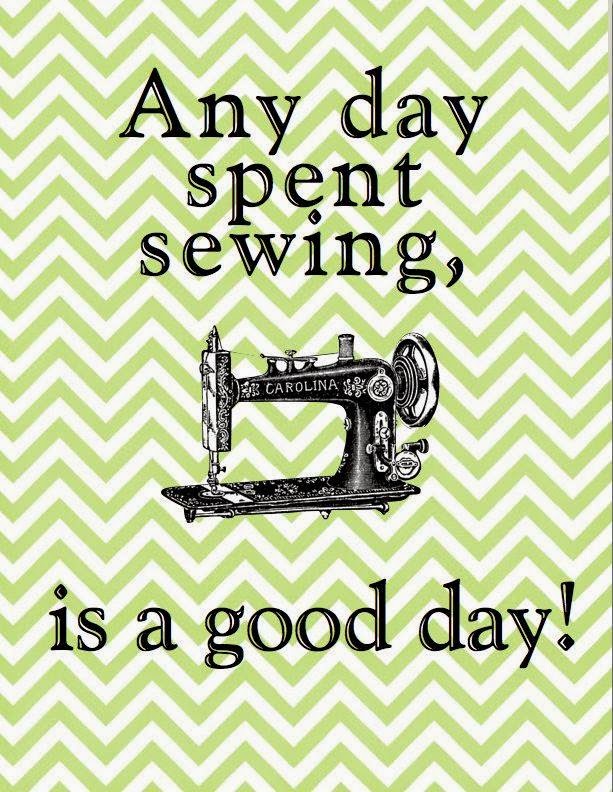It works out this way sometimes - I make too many blocks for
a quilt top! Maybe I counted wrong in the first place, which is not unusual for
me! Or, I’ve decided after-the-fact to make wider border(s) rather than another
complete row of blocks. But, now I have orphan blocks! What to do? I can’t
waste the fabric, or the time involved to make the blocks. I just can’t do it.
I also like to “play” with different designs with the
scraps, but they end up differing sizes. That’s not a problem. I simply add a
“sashing” around the smaller one(s) to get them all the same size. That’s what
I did to make this banner….
Sorry it's a fuzzy photo! But you get the idea!
One day while playing around, I used one inch scraps to make a couple of braided star blocks...
I may make more, someday. Every now and then, I
glance over and see them, and think, what
can I do with them?
I’m thinking “out loud” here…
Maybe coasters? My sewing machine sits on an oak desk. I
will not place a coffee cup, or an Iced Tea glass down on the wood without
protection. Right now I’m using an up side down tin lid! Tacky, I know! A
quilted block with extra protection from liquids will be just the thing to
spruce up my sewing room!
Maybe a pincushion? Momma came up with a great suggestion!
She thinks I ought to make a pincushion to hang from my neck to use while I’m
loading a quilt top on the long arm frame! I have it on my “to-do” list!
Maybe a placemat? We have an antique repurposed library
table with a glass top sitting between our recliners. I use an old yucky
placemat now for our Iced Tea glasses (and my wine glass). I do believe a
quilted orphan block with a nice border around it would be lovely there!
In fact, I made a wall hanging for our living room…
This picture was taken shortly after I made it! It is not hanging here permanently!
I have a much better spot, but don't have a picture of it right now.
This was a quilt-as-you go technique I was attempting to learn!
And have two blocks left over (as the wall hanging was long
enough!) and they would make the perfect “placemat” for the coffee table! Where's my to-do list I started?
Maybe potholders for smaller, say 6 inch block leftovers… I have the insulated stuff needed for heat protection!
Which reminds me – I need something that when taking my iron
to a sew-in gathering, that I have a bag large enough to carry a hot iron back home!
Again, I have the heat insulation stuff needed! A couple of orphan blocks would
be a perfect thing to use!
Then there are table runners. I wouldn’t mind a new quilted
one for my oak buffet!
What else?
Oh,
totes! Of course! Set your timer so you don’t lose
track of time, then check out
Pinterest for all the wonderful ideas!
Some folks are into pillows… I personally am not… but ~
again ~ Pinterest is full of ideas on
quilted pillows!
What do you do with orphan blocks?

















































